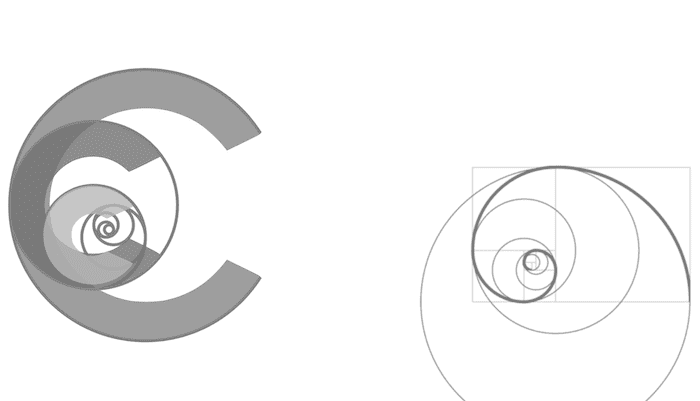Oliguria and Anuria Hot Case
GENERAL APPROACH
Type of renal failure
- Acute (usually multi-factorial)
- Chronic (e.g. dialysis dependent) or
- Acute on Chronic (e.g. post-renal transplant)
Causes
- Pre-renal – hypovolemia, any cause of shock, sepsis, renovascular disease
- Intra-renal – nephrotoxins, urine for casts + protein, sepsis, rhabdomyolysis, nephritic/nephrotic syndromes
- Post-renal – catheter blocked, pelvic rim surgery, blocked ureters, intraabdominal pressure, hydronephrosis
INTRODUCTION
CUBICLE
- CRRT or IHD
- bags of dialysate fluid – lactate or bicarbonate buffer
- TMP
- settings
- anticoagulation strategy and filter life-spans
INFUSIONS
- inotropes/vasopressors to maintain organ perfusion
- N-acetylcysteine for imaging/ procedures with contrast
- sodium bicarbonate for metabolic acidosis
- systemic anticoagulation (for RRT or other indication)
VENTILATOR
- oxygen requirement (fluid overload with pulmonary oedema)
- PEEP
MONITOR
- CVP (number, waveform)
- renal perfusion pressure (MAP-CVP)
- ECG (signs of hyperkalaemia)
- arterial trace (pressure)
EQUIPMENT
- dialysis access — catheter (check previous insertion sites e.g. dressings), AV fistula, Tenckhoff peritoneal dialysis catheter
- IDC or lack of (colour, volume, no bag suggests chronic renal failure)
- recent intra-abdominal pressures (manometer attached to IDC)
- IABP (low position may cause oliguria)
QUESTION SPECIFIC EXAMINATION
- hands -> head -> chest -> abdo -> feet -> back
-> cardiovascular
-> respiratory
-> abdominal (kidneys, organomegaly, distension)
-> compartments
-> end-organ perfusion
- neurological
-> paralysed
-> quick examination
-> unconscious
-> conscious
Questions
- urine output over last 8 hours?
- urine dipstick and microscopy?
- paired serum and urinary electrolytes?
- has IDC been flushed recently?
- recent exposure to nephrotoxic agents?
RELEVANT INVESTIGATIONS
- CXR (APO, check IABP isn’t too low)
- ABG (metabolic and electrolyte derangements)
- pregnancy test (eclampsia?)
- urea and creatinine
- compartment pressures? (if suspect limb or abdominal compartment syndrome)
OPENING STATEMENT
- = “Multi-factorial” and list headings of causes -> clinical signs associated with list
- “There is evidence of ESRF…”
DISCUSSION
Renal disorders
- CCC — Acute Kidney Injury and RIFLE Criteria and AKIN Classification
- CCC — Rhabdomyolysis
- CCC — Contrast-induced nephropathy
- CCC — Hepatorenal syndrome
- CCC — End-stage Renal Failure
- CCC — Renal transplant patient
- CCC — Renal disease biomarkers
RRT
- CCC — Indications, timing and patient selection for RRT
- CCC — RRT terminology and nomenclature
- CCC — CRRT Circuits
- CCC — IHD vs SLEDD vs CVVH
- CCC — Prevention of RRT circuit clotting
- CCC — Regional citrate anticoagulation
- CCC — Dose of RRT
- CCC — Summary of RRT Types
- CCC — RRT prescription
- CCC — Hemoperfusion

Critical Care
Compendium
Chris is an Intensivist and ECMO specialist at The Alfred ICU, where he is Deputy Director (Education). He is a Clinical Adjunct Associate Professor at Monash University, the Lead for the Clinician Educator Incubator programme, and a CICM First Part Examiner.
He is an internationally recognised Clinician Educator with a passion for helping clinicians learn and for improving the clinical performance of individuals and collectives. He was one of the founders of the FOAM movement (Free Open-Access Medical education) has been recognised for his contributions to education with awards from ANZICS, ANZAHPE, and ACEM.
His one great achievement is being the father of three amazing children.
On Bluesky, he is @precordialthump.bsky.social and on the site that Elon has screwed up, he is @precordialthump.
| INTENSIVE | RAGE | Resuscitology | SMACC
